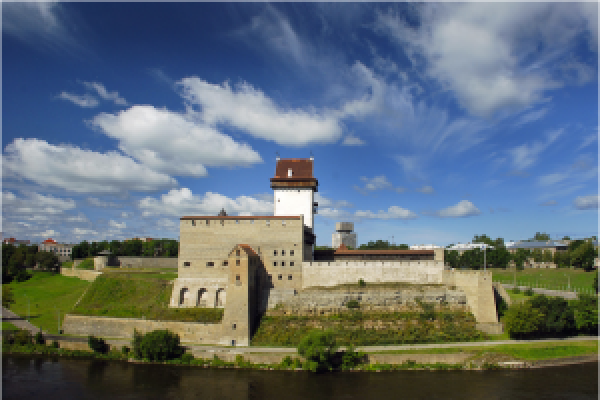
Learn Survival Estonian
Wikitravel users have collectively created a free Estonian phrasebook with the goal of making it possible for travelers to "get by" while traveling in areas where Estonian is spoken.
Wikitravel phrasebooks are available in many languages and each one varies in depth and detail. Most of the phrasebooks include a pronunciation guide, a general phrase list, information about dates and numbers, a color list, transportation-related phrases, vocabulary for shopping and phrases for eating and drinking. Some are even more in depth, and all are free!
From Website
Estonian (eesti keel) is a Finno-Ugric language spoken by roughly 1.1 million people in Estonia. Though closely related to Finnish and distantly to Hungarian, Estonian bears almost no resemblance to any other European language in either vocabulary or grammar.
The lack of Indo-European language structures makes Estonian a rather difficult language to learn. The fact that it has more words of Indo-European origin than Finnish, for instance, it is slightly easier to learn. Even though many people in Estonia (especially young people) speak English and many of the older generation understand Russian, an attempt at some basic phrases will definitely impress the locals and you will receive an enthusiastic welcome.
Estonian (eesti keel; pronounced [ˈeːsti ˈkeːl]) is the official language of Estonia, spoken by about 1.1 million people in Estonia and tens of thousands in various émigré communities. It is a Uralic language in the Finnic group and is closely related to Finnish.
One distinctive feature that has caused a great amount of interest in linguists is what is traditionally seen as three degrees of phoneme length: short, long, and "overlong", such that /toto/, /toˑto/ and /toːto/ are distinct. In actuality, the distinction is not purely in the phoneme length, and the underlying phonological mechanism is still disputed.
The Estonian alphabet is used for writing the Estonian language and is based on the Latin alphabet, with German influence. As such, the Estonian alphabet has the letters Ä, Ö, and Ü (A, O, and U with umlaut), which represent the vowel sounds [æ], [ø] and [y], respectively. Unlike the German umlauts, they are considered to be separate letters and part of the alphabet, and are alphabetised as separate letters. The most distinguishing letter in the Estonian alphabet, however, is the Õ (O with tilde), which was added to the alphabet in the 19th century by Otto Wilhelm Masing and stands for the vowel [ɤ]. In addition, the alphabet also differs from the Latin alphabet by the addition of the letters Š and Ž (S and Z with caron/háček), and by the position of Z in the alphabet: it has been moved from the end to between S and T (or Š and Ž).